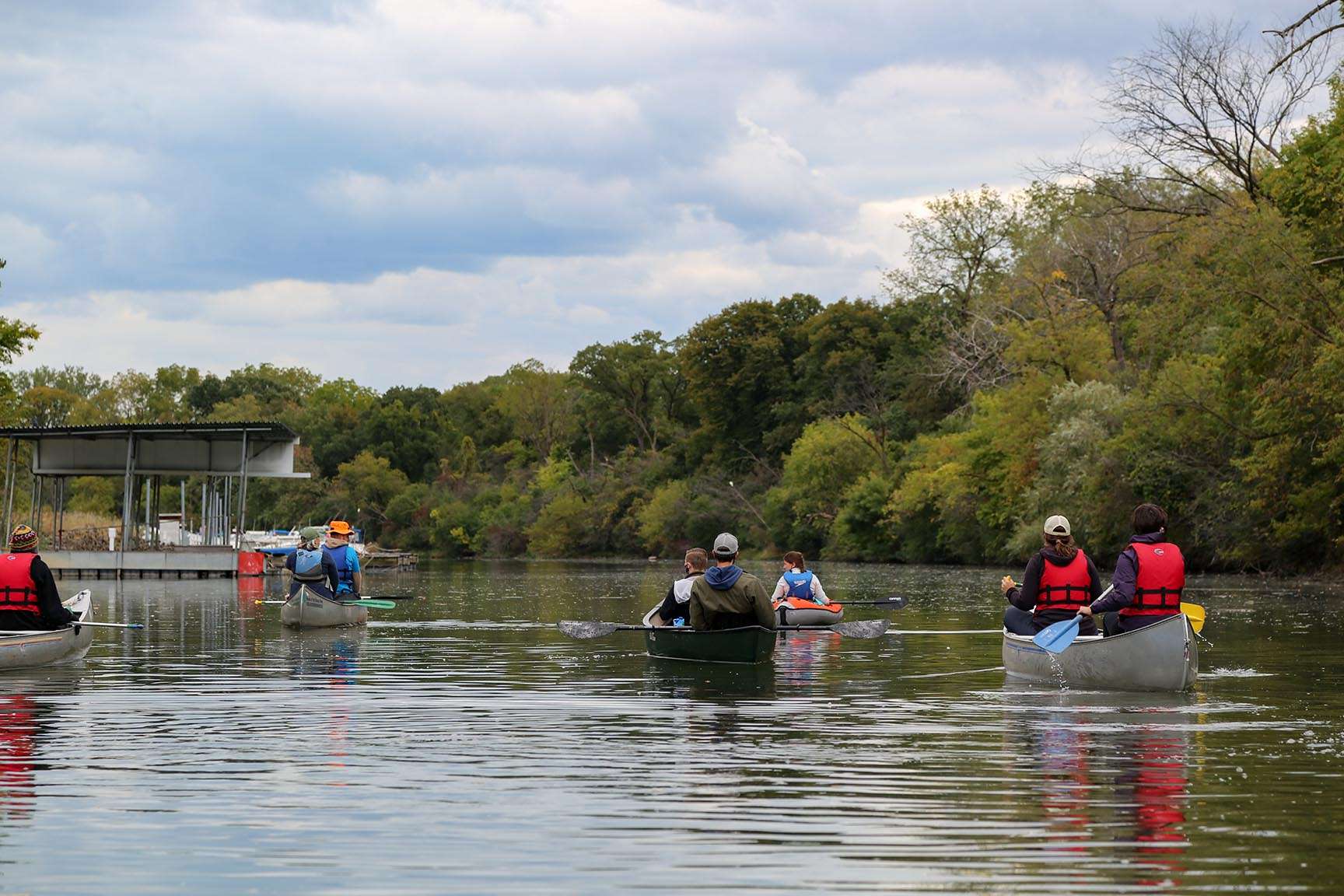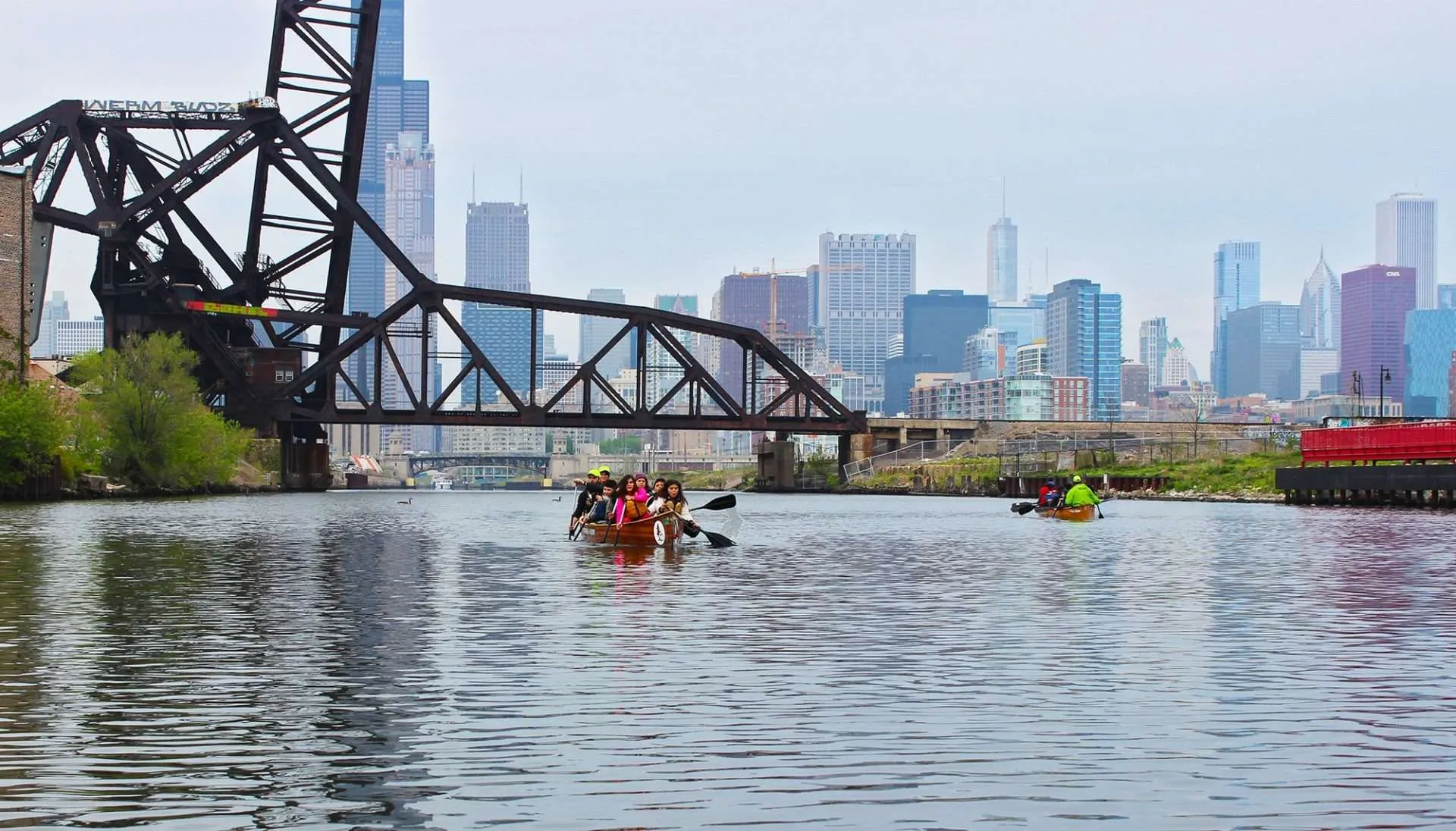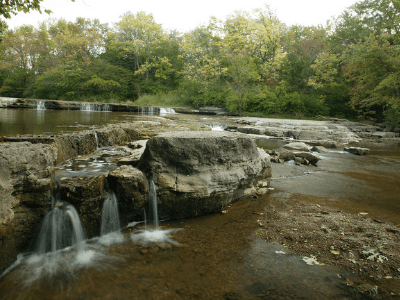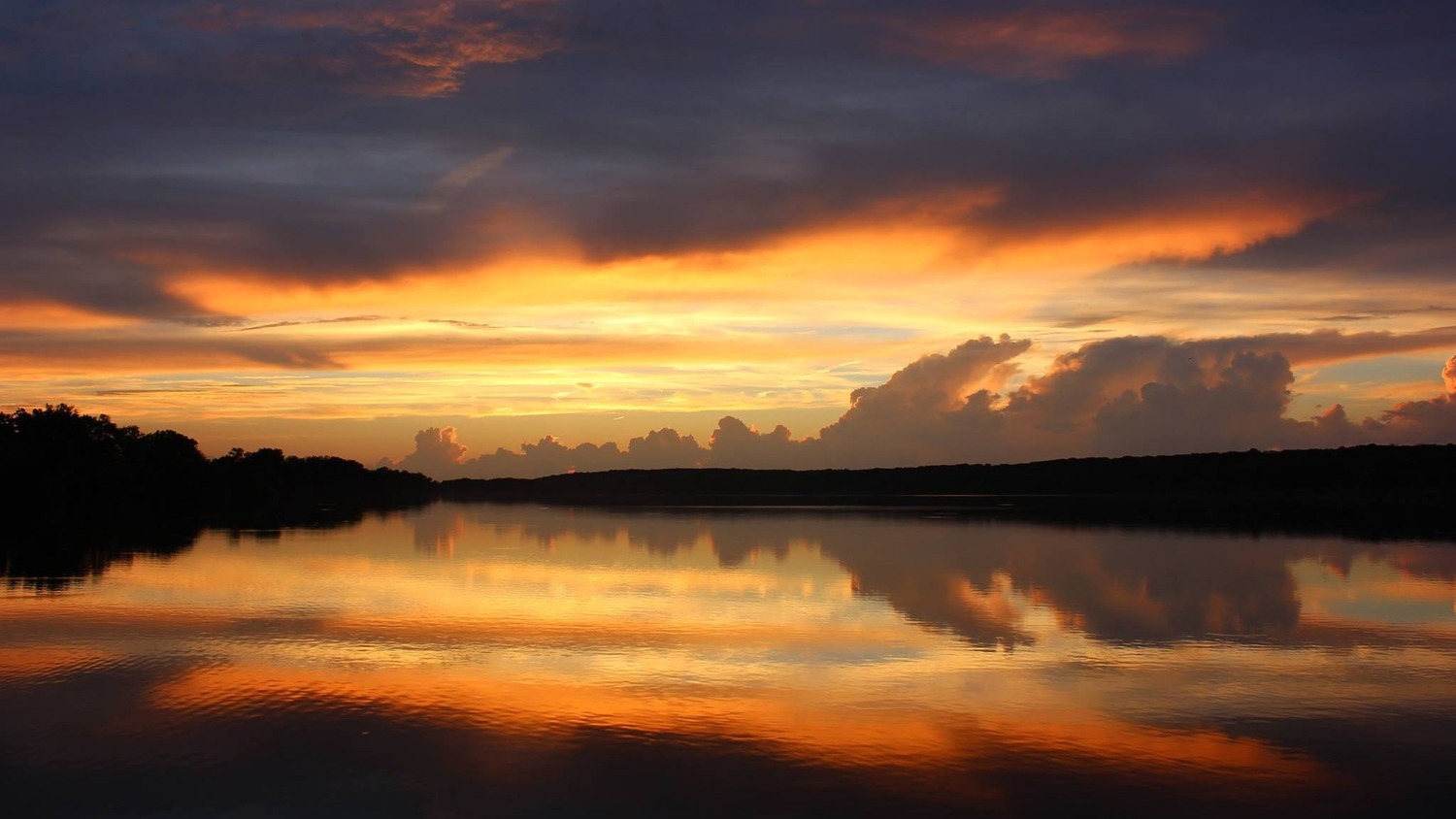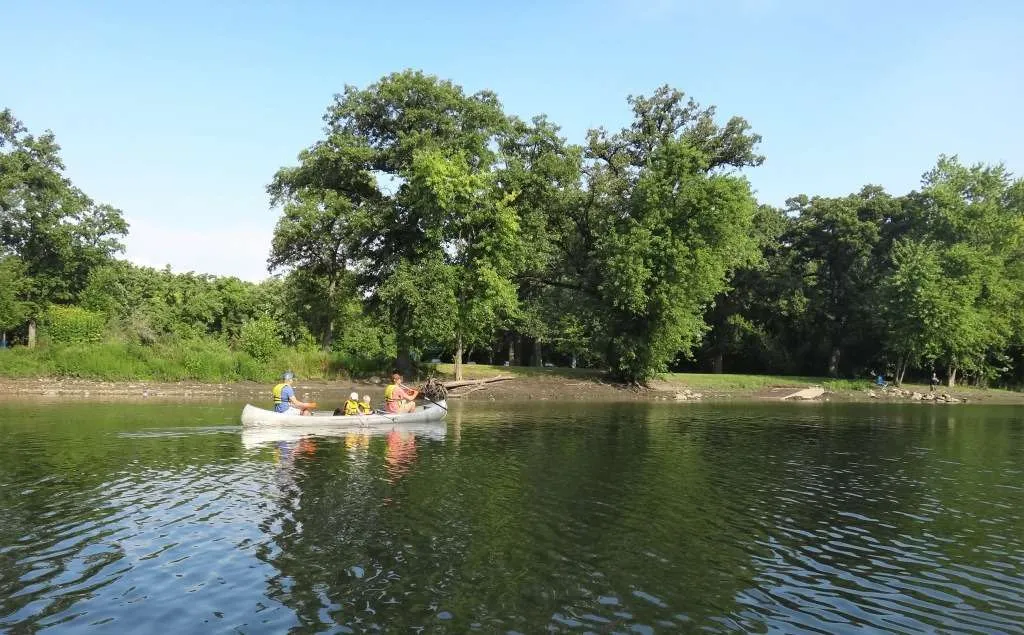Plan Your Trip
Welcome to our resources page! Here you will find links to partner event calendars, safety and rental information, paddling clubs and organizations, and other water trails in and around Illinois. For even more information, send us an email at paddle@openlands.org.
